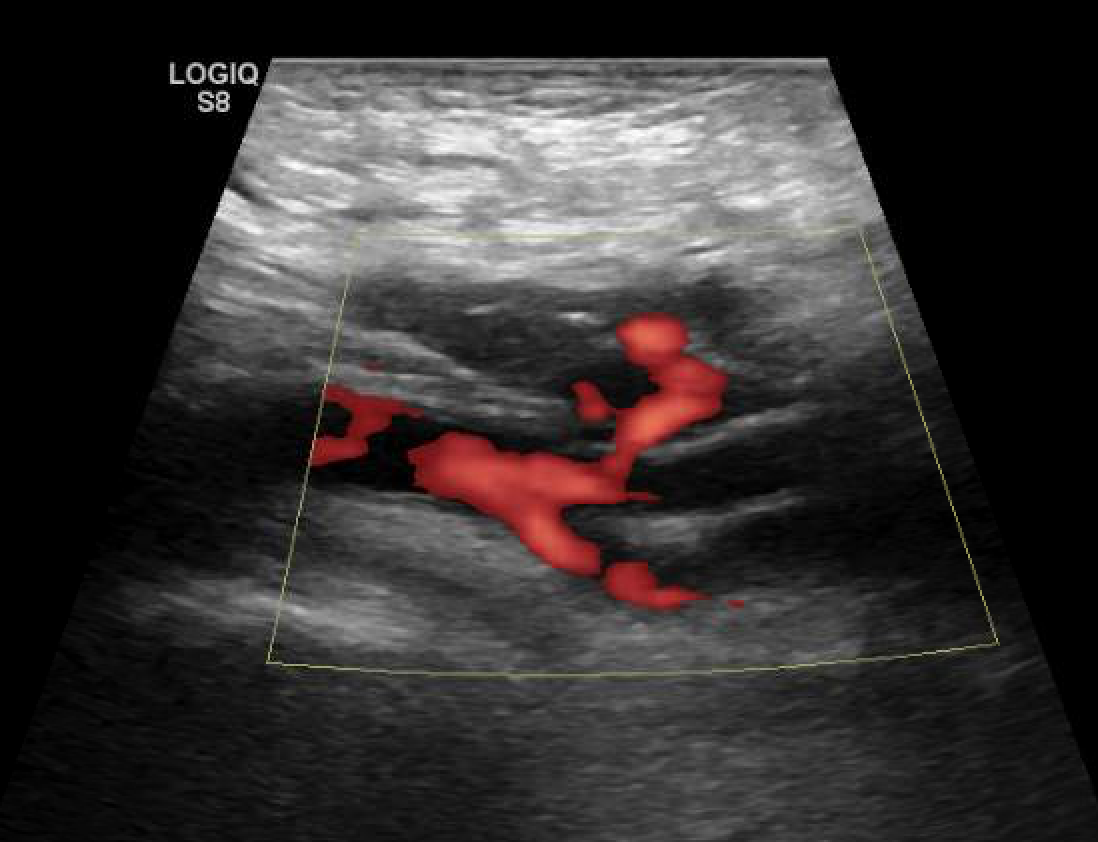A novel treatment of a challenging femoral pseudoaneurysm along with review of previously-described approaches
Richard Schutzer, MD.
Columbia University Medical Center, New York, NY, USA.
OBJECTIVES- Although not as glamorous as a ruptured aneurysm or an acutely ischemic extremity, femoral pseudoaneurysms remain one of the important surgical urgencies facing vascular surgeons. Considerable comorbidities frequently limit surgical options. The following case exhibits one of the more challenging femoral presentations, with contraindications for any of the more conventional approaches.
METHODS- 79yo male requiring treatment for a left femoral pseudoaneurysm. He had a significant history for diabetes and known mitral valve insufficiency. He initially presented with progressive dyspnea. He suffered a rapid decompensation, requiring subsequent transfer. His echo on arrival demonstrated possible vegetations on the mitral valve along with PAP greater than 60. He subsequently underwent a cardiac catheterization. This was complicated by a short-necked pseudoaneurysm with slowly decreasing hemoglobin. At that time, the patient was extubated but with right femoral IABP in place along with multiple pressors.
RESULTS- With his hemodynamics limiting the ability for sedation, the concern of bacteremia related to his endocarditis, the short neck limiting the ability for thrombin injection, and the right femoral IABP limiting access from both the right femoral and upper extremity arteries, there was an initial attempt at ultrasound-guided compression. This, however, was unsuccessful. He was subsequently taken to the OR, where there was retrograde puncture of the left dorsalis pedis artery. A balloon was advanced to the common femoral artery. There was direct puncture of the pseudoaneurysm followed by balloon inflation and thrombin injection of the pseudonaneurysm. The pseudoaneurysm was successfully thrombosed without distal embolization. He was later brought to the operating room for uneventful mitral valve replacement.
CONCLUSIONS- Deceptively simple, femoral pseudoaneurysms can pose a significant challenge. Previous descriptions of treating this problem have included open repair, duplex-guided compression, and duplex-guided thrombin injections. Additional options include stent-graft exclusion as well as peri-aneurysm saline injection. The current case contained contraindications for any of these approaches. It therefore serves to review these techniques as well as describing a novel treatment strategy.

Back to 2017 ePosters




